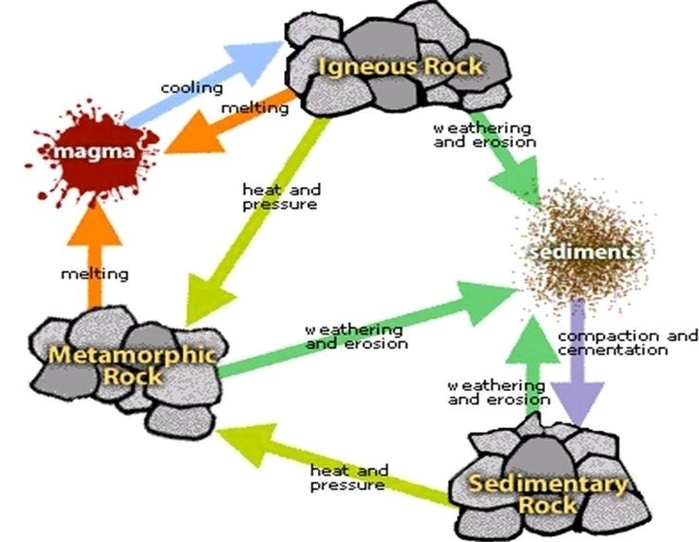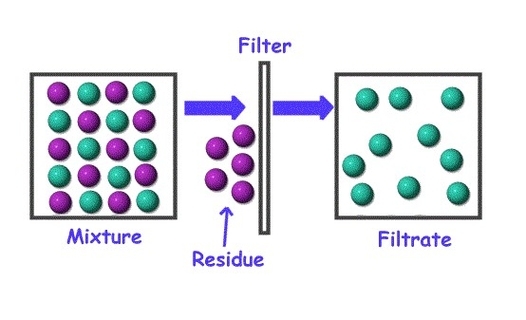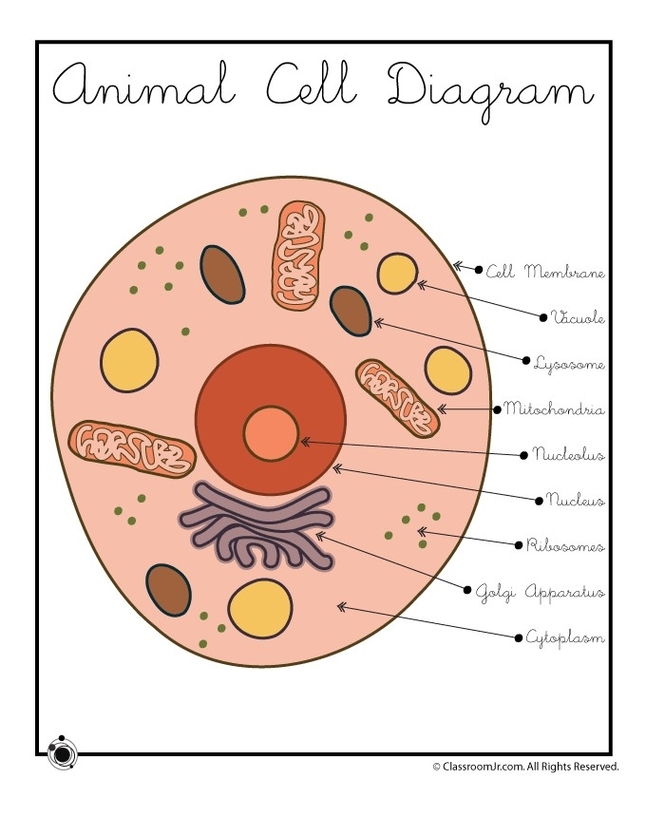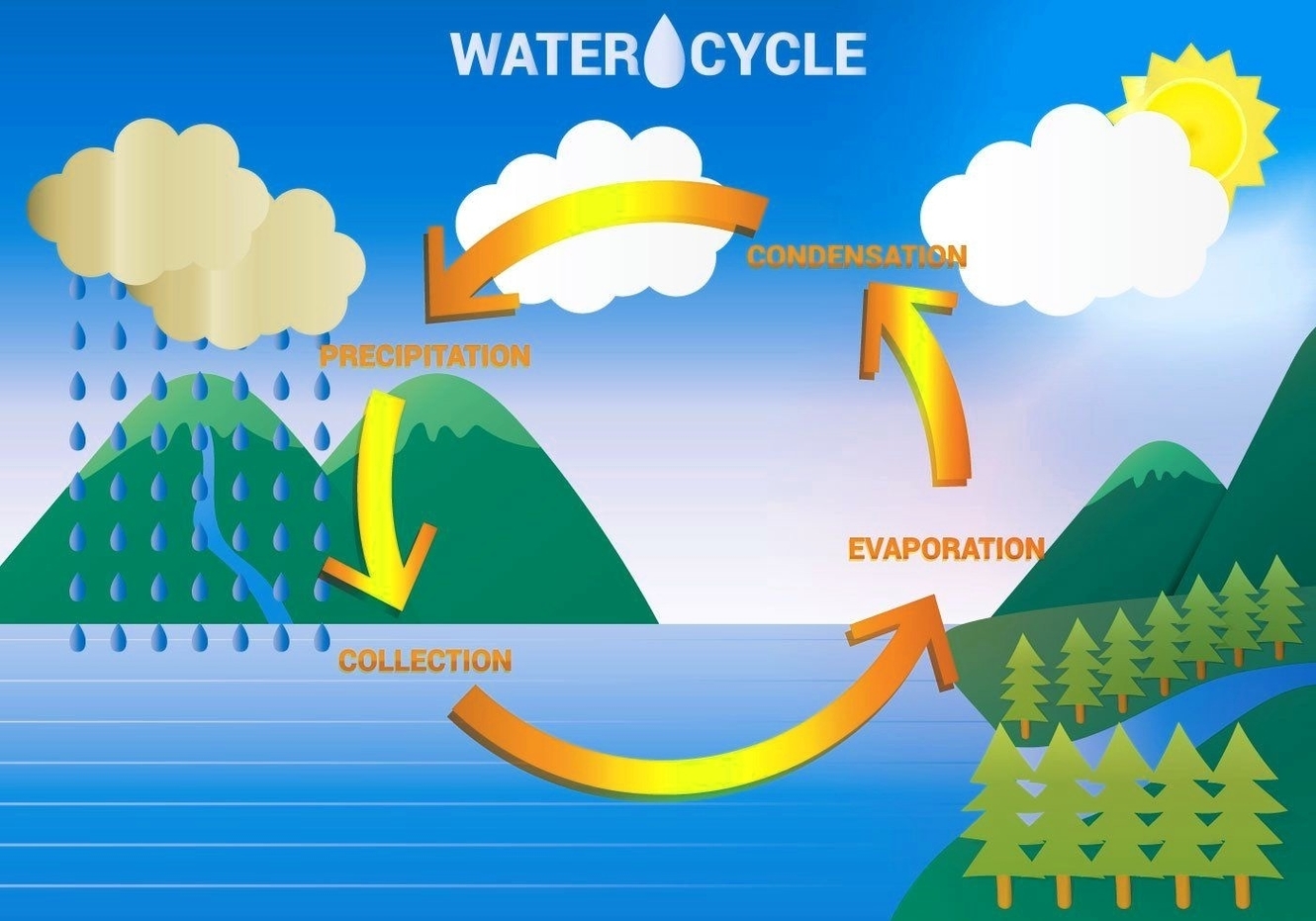Rock Cycle Diagram. Rocks are broadly classified into three groups: igneous, sedimentary and metamorphic, and the simplest diagram of the “rock cycle” puts these three groups in a circle with arrows pointing from “igneous” to “sedimentary,” from “sedimentary” to “metamorphic,” and from “metamorphic” to “igneous” again.
This rock cycle diagram will show an upper level view of the process in which these types of rocks will be created. The rock cycle process flow is not necessarily an ordered set of steps.
Steps of the Rock Cycle: How does it Work 1) Formation of Igneous Rock – Melting, Cooling, and Crystallization Magma, the molten rock present deep inside the earth, solidifies due to cooling and crystallizes to form a type of rock called igneous rocks.







